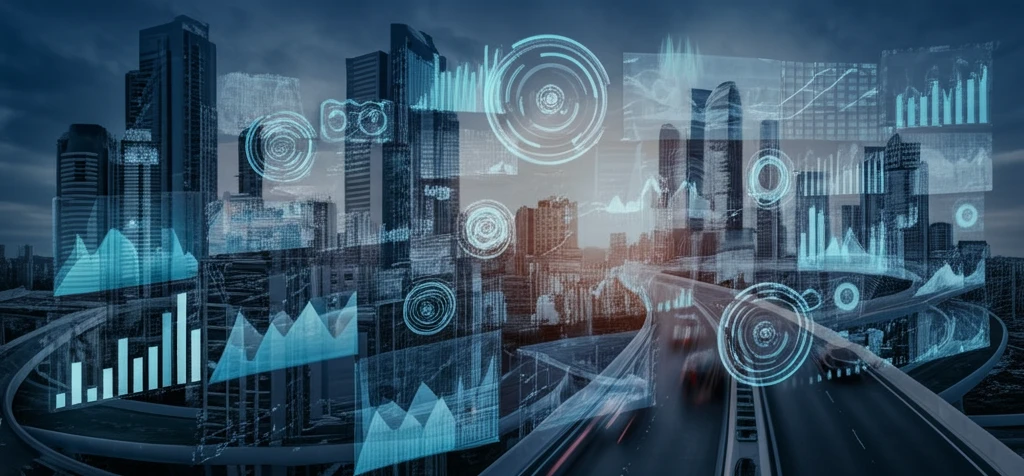
Driving into the Future: How Economists Predict Traffic and What It Means for You
"Unlocking the secrets of traffic forecasting: Why understanding future traffic flow is crucial for infrastructure and your daily commute."
Imagine trying to plan a city's future without knowing how many cars will be on the road. The transportation sector is a vital component of any thriving economy. It integrates markets and paves the way for more trade. Predicting the future of traffic is not just an academic exercise; it's a crucial element in urban planning and infrastructure development.
Accurate traffic forecasts influence decisions about everything from new highway construction to public transportation investments. When governments and private companies consider concession agreements (contracts to manage infrastructure), they rely on predictions of future traffic to determine financial viability. Overestimating traffic can lead to costly overinvestments, while underestimating it results in congestion and lost economic opportunities.
That's where economic modeling comes in. By analyzing various factors, economists try to forecast how traffic will change. This article breaks down some of the key methodologies used in traffic forecasting, highlighting their strengths, limitations, and real-world implications for both policymakers and everyday commuters.
Decoding Traffic Demand: Models and Methods

Economists use various models to predict future traffic flow. One common approach is the 'Travel Demand Model Based on Elasticities.' This model projects traffic based on factors like Gross Domestic Product (GDP) and population growth. The core idea is that as the economy expands and the population increases, so does the demand for travel.
- Long-Term Vision: It identifies relationships that hold steady over extended periods.
- Real-World Data: It works well with data that changes over time, like GDP and traffic volume.
- Theoretical Rigor: It provides a more robust framework than simpler models.
The Road Ahead: Better Models, Better Planning
Predicting future traffic is a complex undertaking, but it’s essential for building sustainable and efficient transportation systems. By using advanced economic models and analyzing real-world data, economists can provide valuable insights for policymakers and infrastructure planners. The ultimate goal is to make informed decisions that improve commutes, reduce congestion, and support economic growth.
